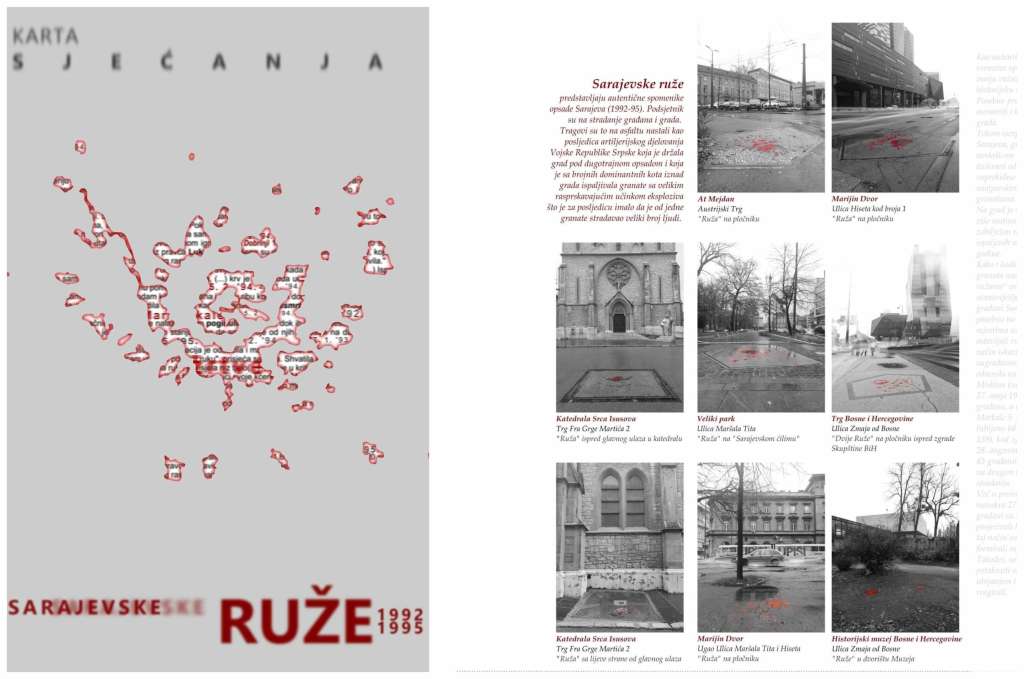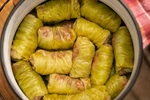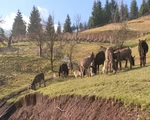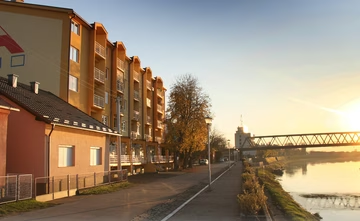
The Institute for Protection of Cultural-Historical and Natural Heritage of the Sarajevo Canton published a Memory Map called 'Sarajevo Roses 1992-1995,' which provides a map of marked traces of shells on city streets, called 'Sarajevo Roses'.
It is an extremely important document that is on the path of memorializing the traces of war, a kind of wounds on the streets of Sarajevo, a sign of the destruction of the city in the whirlwind of war.
The author of the map is Amra Custo from the Institute, who did the research, interpretation and selection of texts, while Damir Hodžić was in charge of graphic and artistic design and photography.
The map provides a map of Sarajevo with marked locations of painted "Sarajevo roses," as well as unpainted ones, and shows where the Sniper Alley and the Path of Life under Siege were located. It can be seen that the largest number of painted "Sarajevo roses" are distributed in the city center.
This type of memorial document also offers a selection of testimonies from citizens who were wounded in one of the countless bombings of Sarajevo, most notably from the massacre at the Markale market.
The map also provides information about the origin of the idea for "Sarajevo roses" in 1996, where it is stated that "the Executive Committee of the city of Sarajevo launched an initiative to mark traces of shells on the city streets. Holes from shells or so-called "roses" will be marked on a hundred places in the city.
The author of the map, Amra Custo, states that the "Sarajevo roses" as authentic traces from the time of the siege have an important documentary-historical and symbolic value and that they especially represent importance in the memory and collective identity of the city.
''During the exhausting siege of Sarajevo, citizens were plagued by shortages of food, water, and heating, isolated from the rest of the world, constantly exposed to deadly sniper shots and devastating grenades. Hundreds of shells were fired on the city every day, but on July 22, 1993, a record of 3,777 shells were fired on Sarajevo,'' she said.
How and when the grenade craters were called "Sarajevo roses" remains unclear, but it is certain that the citizens of Sarajevo left roses and flowers during the siege, especially at the places of massacres, and where the grenades hit the ground, and in this way, they paid tribute to their fellow citizens who were killed, it is stated.
The memory map is enriched with a series of photos showing "Sarajevo roses" in different parts of the city, on the streets and in front of famous buildings.
Appreciating the importance of "Sarajevo roses" in the collective memory and recognizing their symbolic, documentary and historical value, the Institute for the Protection of Cultural-Historical and Natural Heritage, as a professional service that takes care of the valorization and records of monuments in the area of Sarajevo Canton, acted very early.
''From the end of the siege until today, faced with numerous challenges to preserve "Sarajevo roses", we worked on their protection and rescue, which included various activities - from recording, and raising awareness of the importance of "Sarajevo roses" to professional engagement, because it is about monuments that require specific technological and technical methods of rehabilitation and conservation,'' it is stated in the memory map.
The map is not designed to show all the "roses of Sarajevo", but to emphasize the importance of preserving these authentic monuments and their authentic interpretation so that they survive as important places of memory.
Kakvo je tvoje mišljenje o ovome?
Učestvuj u diskusiji ili pročitaj komentare





 Srbija
Srbija
 Hrvatska
Hrvatska
 Slovenija
Slovenija



























































